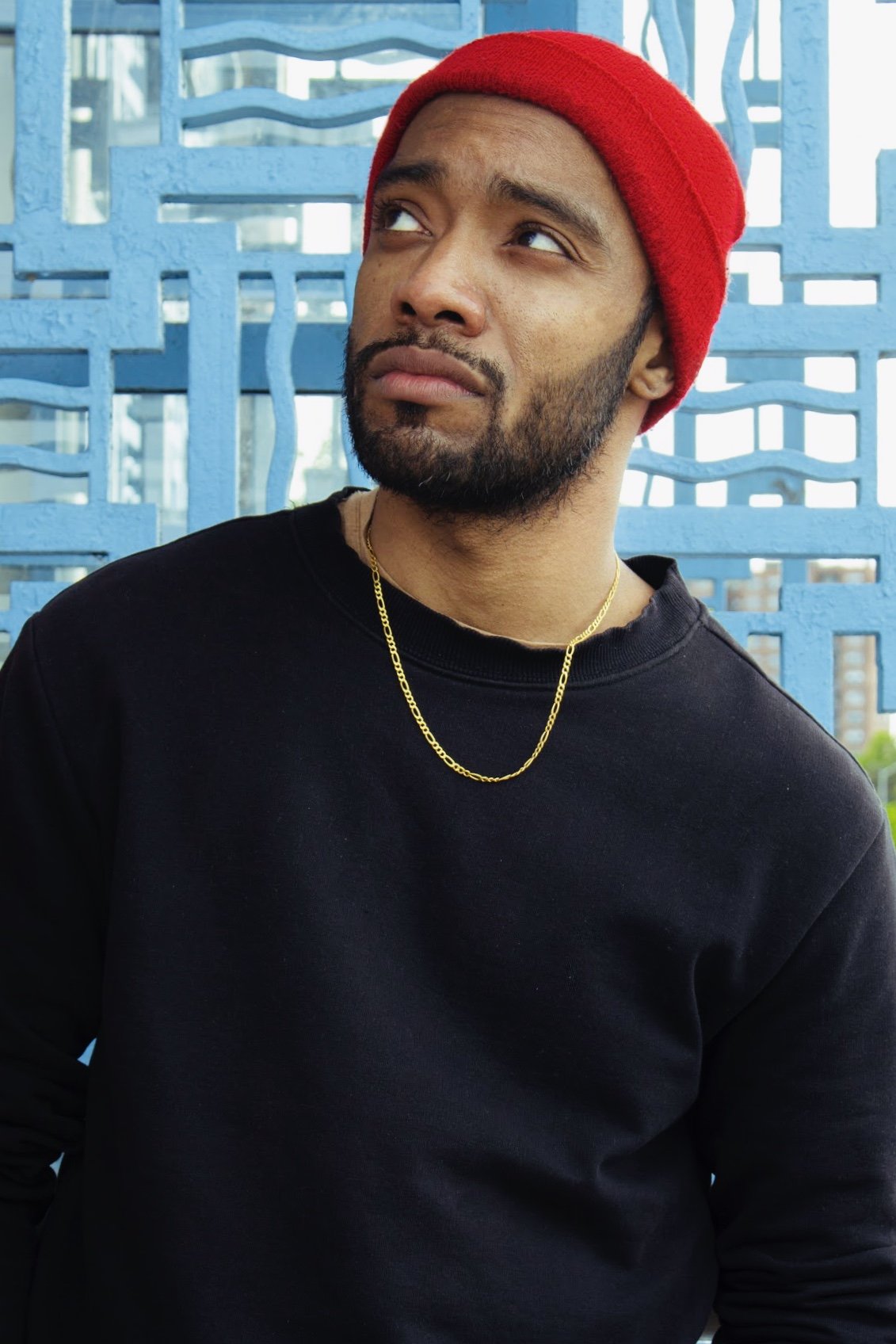My relationship to poetry is much like my relationship to any art, and when I say any art I mean first and foremost “kung fu,” which many of you will think of as “martial arts.” However, in reality “kung fu” simply means “hard work, over time.” Or, my favorite one word definition, “Cultivation.” And that’s what we do through art and poetry, we cultivate the self. We don’t do it with a “flash-in-the-pan” experience. No, we do it day in and day out - living, breathing, doing art, the hard work of being authentic every day in order to create authentically, when the time arrives. It is something that takes discipline and persistence, but perhaps not quite what you might think of when you think of discipline and persistence. Disciplined how? Persisting in what?
I like to say, “It takes a lot of nothing to create a little something.”
And by that I mean, we need leisure time, time to do nothing, because when artists are doing nothing, something is happening. And not just artists. We ALL need “nothing time,” aka leisure time, but the artist especially. Because we never know when “it,” inspiration, or the muse will arrive. And so we must be disciplined in our “nothing time,” jealous of it even, guarding it as precious and important, because it is. This is how we capture lightning in a bottle, by being ready for when it strikes.
And persistence? Well, we chase inspiration, follow it, down every deadend and wrong turn. We let mistakes happen. We allow ourselves to get lost. Because poetry isn’t a direct line. It’s a meander, a saunter, a “holy pilgrimage.” One where we are ever on the heels of our muses. And we must chase with great tenacity and persistence, catching up to the hare of inspiration with our tortoise minds.
And what do we do with it once caught? We come back to the responsibility of the author, the artist, the poet… AUTHENTICITY. That is what we must do, must be. We are the ones that lead the way. We are the bushwackers, making a path. We are the torch-bearers, Prometheus bringing fire down from the gods.
No one needs poetry or art until they NEED poetry and art, until they’re lost in the darkness.
And so, with our authentic selves, we light up the world, we create in the likeness of Creation, mimic the Universe, copy the Cosmos. All to Inspire! That is the desired outcome, Inspiration. To “breathe into,” to give life, new life, to those stuck in the unending throes of existence; to desire, to create themselves, to cultivate themselves, to find their expression, their art.
Because it is not just the artist that must be authentic, it is just the artist’s authenticity that inspires the populace to pursue it. And authenticity breeds empathy. When you are fully and unapologetically yourself, you accept others fully and unapologetically.
So the artist both creates and lives art, in a constant flux of birth, and rebirth, redefining reality, reconciling relations, reinventing revival. And how do we do that? We FEEL! We open ourselves up to the process, let it take hold of us, guide us, move us. And we must be moved, we must be moved first. If we aren’t moved, no one will be.
No tears in the author, no tears in the audience.
So live, live authentically, and feel, feel fully, then the writing will just happen. And remember, that much like many things, writing, art, creating, comes in seasons. Do not be discouraged by a season without writing. That just means you are in a season of living, and that you have some living to do, so you have something to write about.
Maybe try kung fu.
M.T. Pariti
is a poet, writer, and performer based on Long Island, NY. He is also the co-founder and editor-in-chief of the hyper-local Art & Poetry magazine The Scene. He lives in Bay Shore with his two cats Jupiter and Juno. His daughter Raquel lives in Northern New Jersey. Writing is very much a compulsion for him, something he has been involved in since he was a teenager. He believes poetry is a unique art in that it can be experienced both on the page and on the stage, and wants to give as many poets as possible a chance to engage with their communities at open mics and hold their published work in their hands. Having moved around a lot in his early years, he really appreciates what the entire Island has to offer, and hopes to see a cross-county transference of art and poetry. M.T.’s own work focuses on living a neurodivergent life. In it he processes the many years he went undiagnosed. His lyrical and rhythmic style, combined with his tumbling and musical verse entertains as much as it disarms as he tackles topics like trauma and mental illness.
G&E In Motion does not necessarily agree with the opinions of our guest bloggers. That would be boring and counterproductive. We have simply found the author’s thoughts to be interesting, intelligent, unique, insightful, and/or important. We may not agree on the words but we surely agree on their right to express them and proudly present this platform as a means to do so.




























